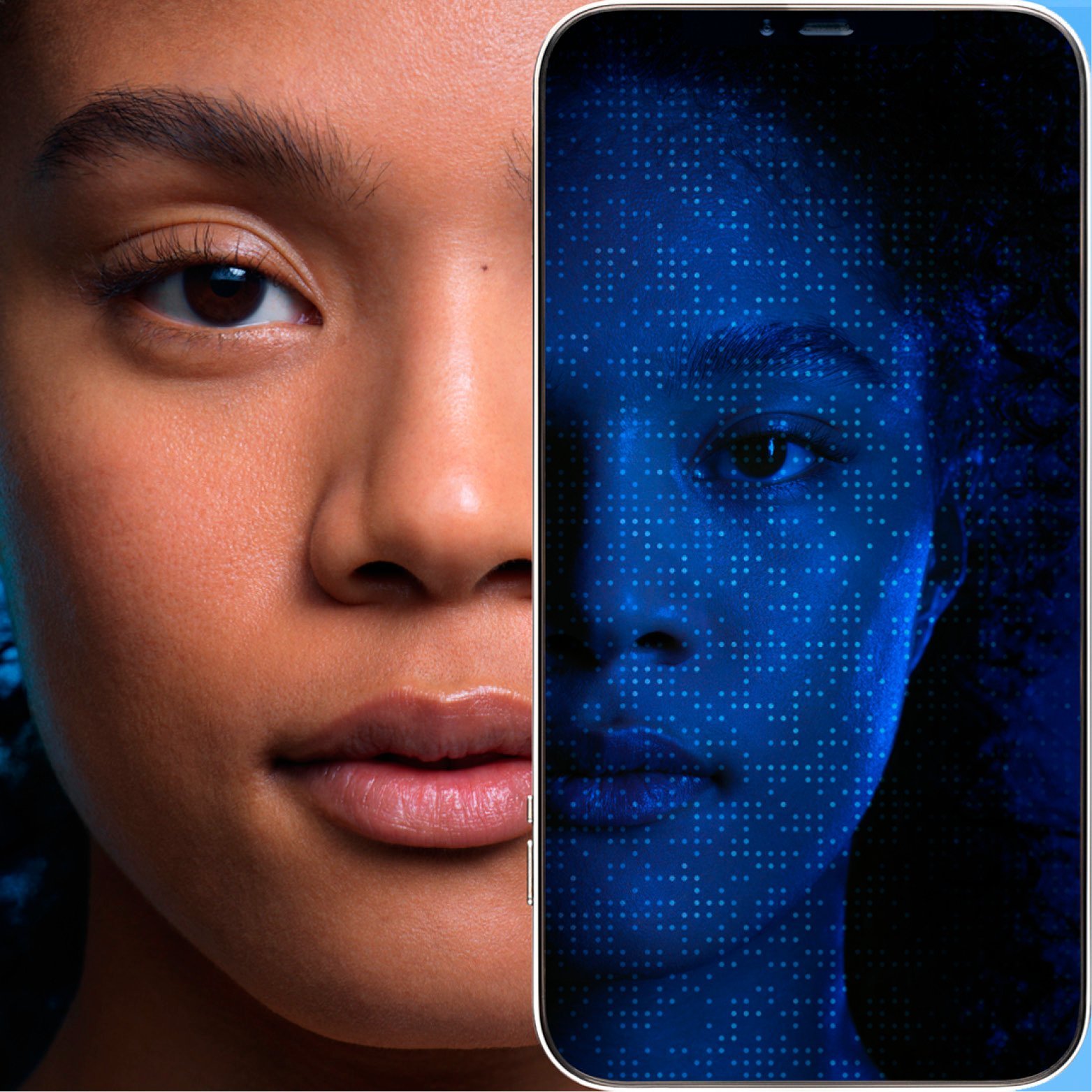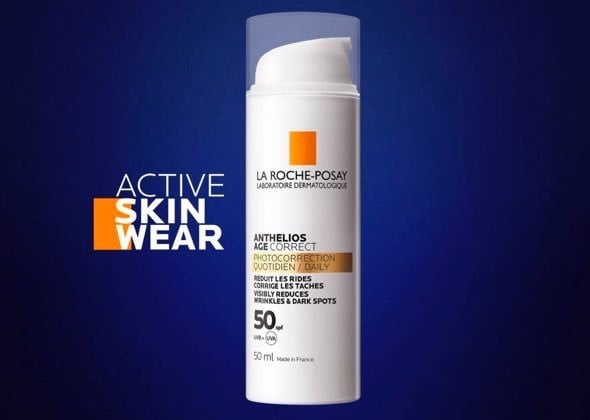ما أفضل مستحضر واقٍ من الشمس للبشرة الحساسة؟
قد تتسبب بعض المستحضرات الواقية من أشعة الشمس في حدوث شعور مزعج بالوخز على البشرة الحساسة. يجب اختيار مستحضرات الحماية من أشعة UVA-UVB ذات النطاق الواسع، والتي تم اختبارها على البشرة الأكثر حساسية، مثل مجموعة أنثيليوس من العلامة التجارية المتخصصة في البشرة الحساسة لاروش بوزيه. تشتمل كل منتجات أنثيليوس على مياه الينابيع الحرارية من لاروش بوزيه المضادة للالتهاب والمضادة للأكسدة بصورة طبيعية لتهدئة البشرة الحساسة.
تعلم المزيد







